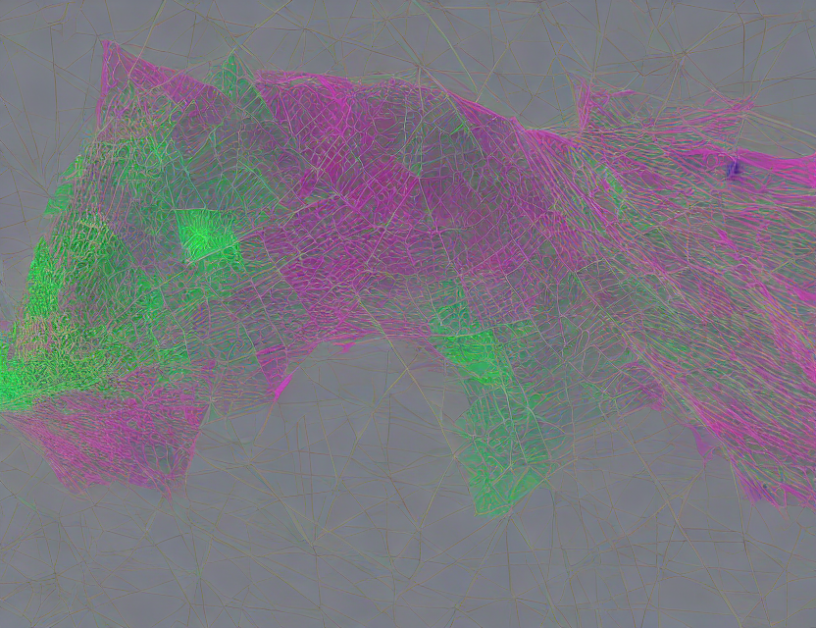Large language models (LLMs) have been rapidly developed in recent years, showcasing remarkable abilities in natural language understanding and reasoning. However, a comprehensive comparison of these models’ differences beyond architectures and benchmark performances is yet to be conducted. This limitation stems from the inherent challenges in LLMs’ explainability due to their scale, high computational requirements, and the growing trend of proprietary models. To address this issue, researchers have proposed various techniques to understand these models better, such as probing and similarity analysis.
Probing
Probing is a technique used to identify specific neurons or sets of neurons in LLMs that are responsible for certain tasks or characteristics. In their paper, Gurnee et al. (2023) present case studies using sparse probing, which involves randomly selecting a small subset of the model’s neurons and measuring their contribution to a specific task. This technique can help identify key neurons that are responsible for tasks such as language understanding or reasoning.
Similarity Analysis
Another approach to understanding LLMs is through similarity analysis, which compares different models based on various functional and representational measures. Kojima et al. (2022) conducted a survey of similarities among neural network models, including their functional and representational measures. They found that these models have different strengths and weaknesses, with some models excelling in certain tasks while struggling in others. This analysis can help identify areas where different models excel or struggle, providing insights into their overall performance.
Conclusion
In conclusion, understanding contextualized word representations is crucial for comprehending the differences between large language models. Techniques such as probing and similarity analysis can help demystify these models by identifying specific neurons or comparing their functional and representational measures. By gaining insights into these models’ inner workings, researchers can better understand their strengths and weaknesses, leading to improved natural language understanding and reasoning capabilities in the future.



